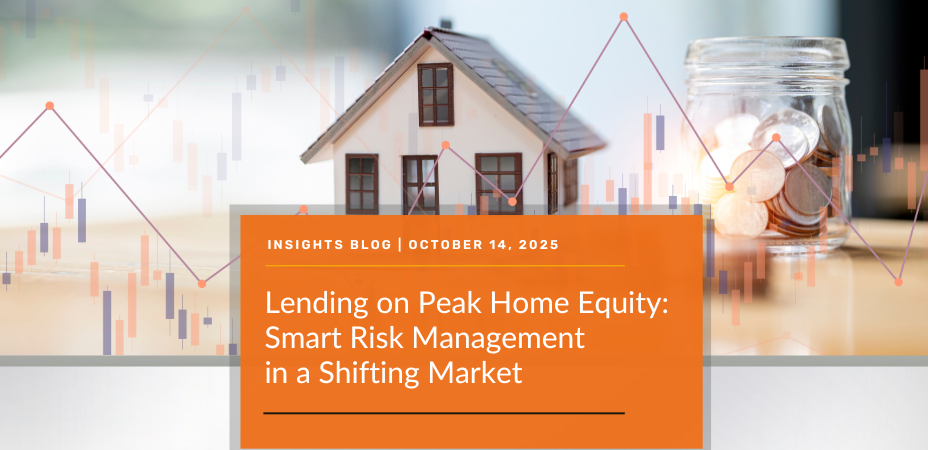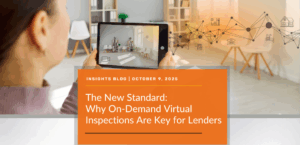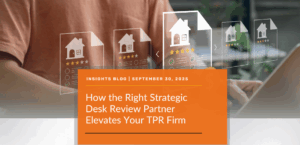The home equity market at the end of 2025 is a mix of opportunity and hesitation. Homeowners have built up historic levels of equity, giving lenders a chance to tap into a large pool of available funds. At the same time, home prices are no longer rising as quickly, and in some areas, they have started to dip slightly.
This new reality presents a critical question for home equity lenders: How do you lend confidently on peak equity values without taking on unnecessary collateral risks?
The answer lies in evolving your risk management strategy to look beyond the top-line number and focus on the most critical variable in a flat market: the physical condition of the property.
Beyond the AVM: Why Property Condition is Your Key Risk Indicator
Automated Valuation Models (AVMs) are a useful tool for lenders, providing quick, data-based estimates of a home’s value. They handle market trends and comparable sales well, but they can’t see the condition of the property. Things like a leaky roof, a cracked foundation, or an outdated kitchen require an actual inspection to catch.
In a rapidly appreciating market, these issues were often masked by rising values. Today, they represent a significant financial risk. Consider two homes in the same neighborhood with identical specs and a nearly identical AVM value.
- Home A is well-maintained with a recently updated HVAC system.
- Home B has significant deferred maintenance and an aging roof.
While their data-driven values are potentially similar today, Home B’s real-world value is lower and more vulnerable to market downturns. Lending against its peak AVM value without knowing its actual condition is a high-risk proposition. This is where a paired approach to valuation becomes a great resource.
The Solution: Certainty Through Inspection
Pairing a high-quality AVM with a targeted property inspection is the most effective way to mitigate collateral risk in today’s market. This “AVM plus inspection” model delivers the best of both worlds: data-driven scale and real-world verification.
A dedicated inspection service, like Valligent’s ValINSPECT, provides the crucial “eyes on the property.” Whether conducted in-person or virtually, on-demand or scheduled, this check accomplishes several key risk management goals:
- Confirms Occupancy and Identifies Red Flags: The inspection verifies that the property is occupied and in a condition that supports the AVM’s value.
- Documents Property Condition: It provides a clear, objective report on the home’s state, flagging any significant issues that could impact its true market value.
- Creates a More Defensible Valuation: By supplementing an AVM with a condition report, you create a more robust and defensible valuation file that meets regulatory and compliance standards.
This paired solution isn’t about slowing down the lending process. On the contrary, with tools like ValINSPECT Virtual, a comprehensive inspection can be completed remotely in under 30 minutes, providing the certainty you need without sacrificing the speed your borrowers expect.
From Risk to Confidence
In a changing market, smart lending isn’t about saying “no” more often. It’s about having the right information to confidently say “yes” to qualified borrowers. Adding a physical or virtual inspection to your valuation process moves you from relying on an estimate to acting on a verified, complete understanding of the property.
This technology-driven approach isn’t a cost—it’s an investment in confidence. It helps your institution take advantage of the significant home equity opportunity while keeping your balance sheet protected for the future.
If you’re interested in learning more about this solution or seeing a ValINSPECT Virtual demonstration, contact Valligent today!




